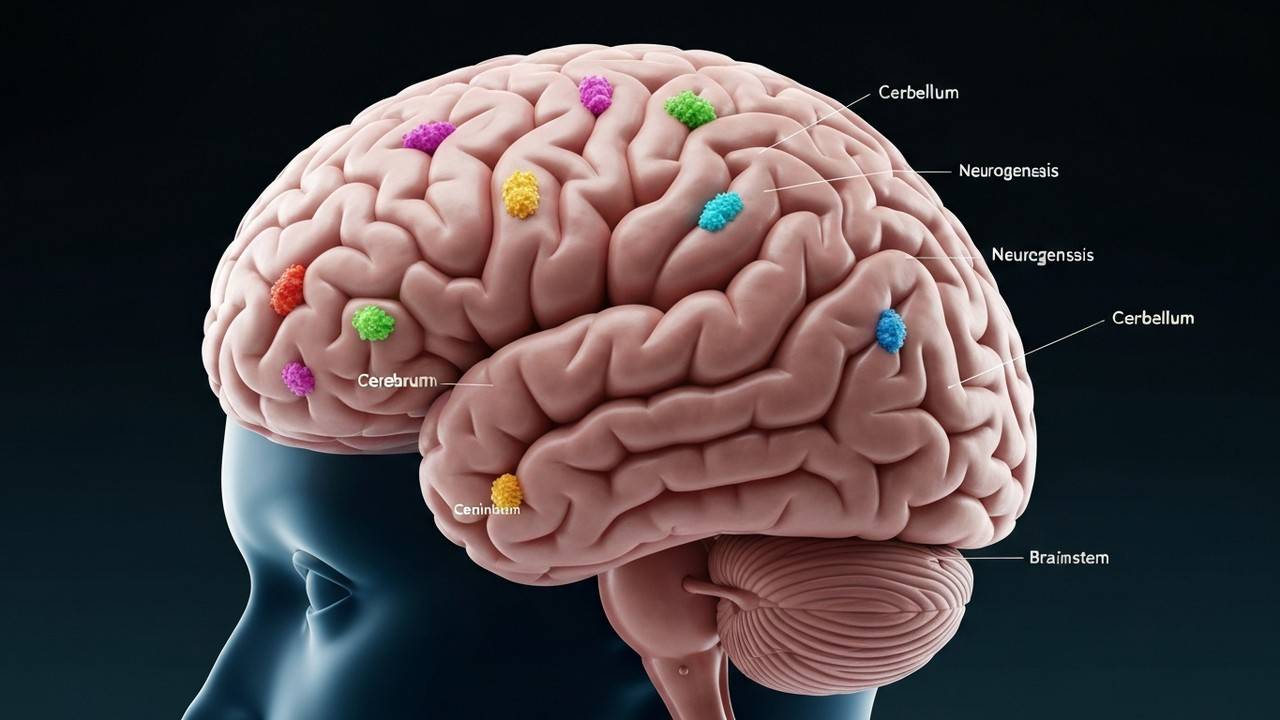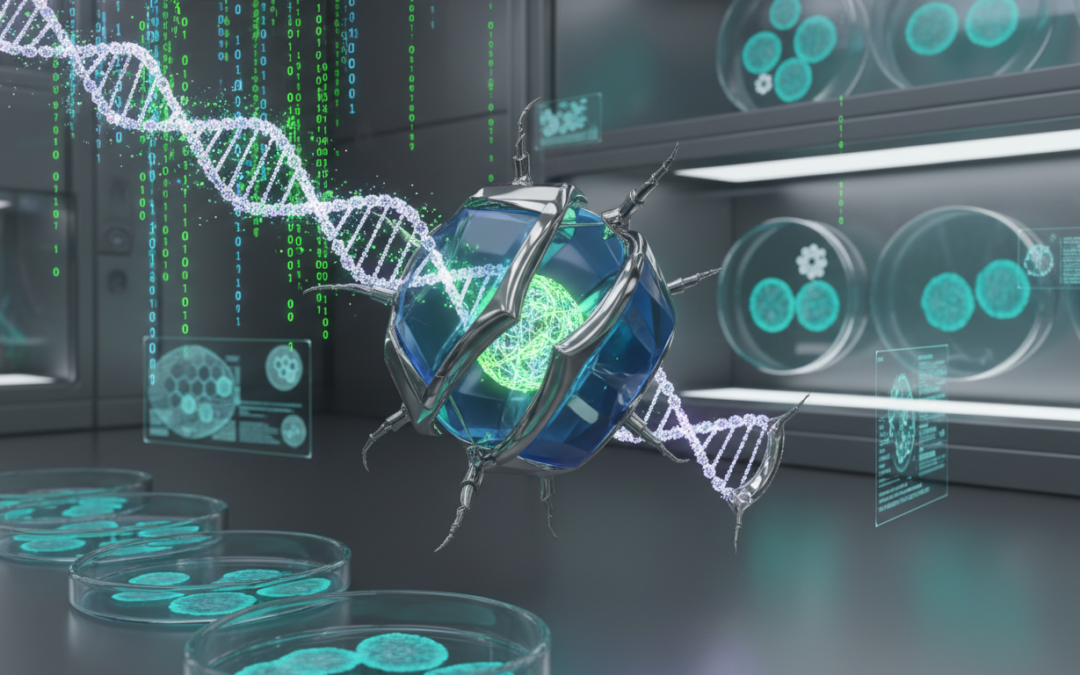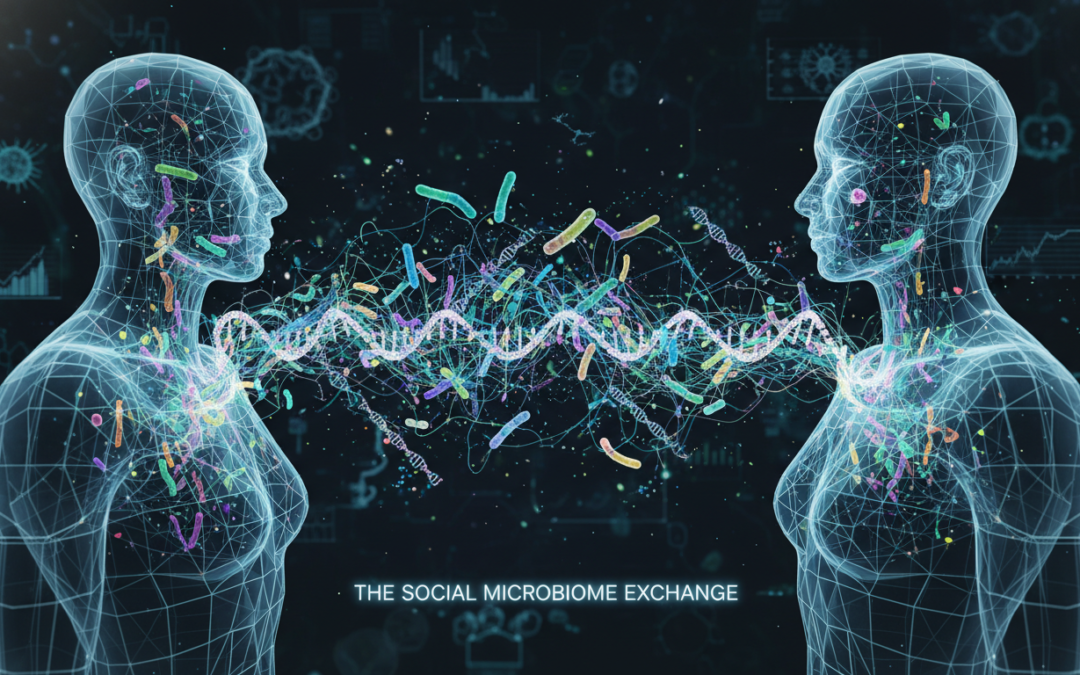Understanding how brain cells develop and mature is crucial for unraveling the mysteries of the human mind. Recent research has produced detailed maps of brain cell development, which will help us understand the complexities of the brain. The goal is to understand what happens in neurodevelopmental and neuropsychiatric disorders. You’ll learn to understand brain cell development, which could lead to new treatments for various brain-related conditions.
Table of Contents
We Also Published
Unlocking the mysteries of the human brain is a monumental task, but recent advances are providing unprecedented insights into its intricate architecture. Scientists are making strides in mapping the development of various brain cell types, from the earliest stages of embryonic and fetal development through adulthood. The knowledge gained promises to shed light on brain-related conditions, paving the way for targeted treatments. This exploration will help you understand the complexity of the brain and how scientists are working to understand it.
Unveiling the Brain’s Cellular Landscape
The human brain, a marvel of biological engineering, is composed of a vast array of cell types, each with unique properties and functions. The BRAIN Initiative Cell Atlas Network (BICAN) is at the forefront of this research. This collaborative effort aims to create a comprehensive atlas of the human brain, detailing the origins, differentiation, and maturation of its diverse cell populations. This ambitious project aims to map the brain’s cellular landscape, providing a foundational understanding of brain development and function.
The Genesis of Brain Cells
The journey of brain cells begins in the earliest stages of development. Scientists are tracking how cells are born, the genes that switch on and off, and how they evolve into specialized cells. This process involves intricate genetic regulation and cellular interactions, which determine the fate of each cell type. The neocortex and striatum, areas of the brain that control movement and higher cognitive functions, are among the regions being studied.
Researchers are also uncovering the commonalities and differences between human and animal brain development. By comparing the development of brain cells in humans and animals, scientists hope to gain a better understanding of what makes the human brain unique. The research focuses on the developmental process that leads to the incredible complexity of the human brain. This comparative approach is essential for understanding the evolution of the brain.
Key Genes and Unique Human Aspects
Identifying the key genes and unique aspects of the human brain is crucial for understanding its complexity and function. The BICAN initiative has identified critical genes that regulate brain processes, providing insights into the molecular mechanisms driving brain development. These discoveries are helping researchers understand how the brain develops, functions, and what goes wrong in various conditions. Understanding these key genes will help us understand the unique aspects of the human brain.
Human vs. Animal Brain Development
One of the unique aspects of the human brain is the extended period of brain development from the fetal stage to adolescence. This prolonged development allows for a more complex and nuanced differentiation of cortical cell types compared to animals. The comparison between human and animal brains highlights the evolutionary adaptations that have shaped human intelligence. The differences in brain development between humans and animals are significant, offering clues to the evolution of human cognition.
The researchers also identified previously unknown cell types in the human brain. These discoveries are helping to refine our understanding of brain structure and function. The atlas data highlights the complexity of the human brain and provides a framework for understanding brain disorders. This research provides a detailed view of the human brain and its development. These findings are critical for understanding the human brain’s unique characteristics.
Future Directions and Therapeutic Implications
The research has significant implications for understanding and treating brain disorders, including autism, schizophrenia, and brain cancer. By mapping the intricate processes of brain cell development, scientists hope to develop more precise, cell-based therapies. This knowledge could lead to targeted interventions that correct developmental abnormalities and treat brain-related conditions. The research provides a foundation for developing therapies for neurological and psychiatric disorders.
Targeted Therapies
The hope is that by understanding the normal brain development in humans and animals, scientists can better study what changes are happening in diseased brains. This will allow for more precise gene and cell-based therapies. The ability to identify and target specific cell types and pathways could revolutionize the treatment of brain disorders. The research promises to improve therapies for a range of human diseases.
The identification of cells in human brain tumors that resemble embryonic progenitor cells opens up new avenues for cancer research. This finding suggests that some tumors may hijack developmental processes to drive malignancy. By understanding the role of these cells, researchers may develop new strategies to prevent or treat brain cancer. The findings also provide a deeper understanding of autism, ADHD, and other conditions that develop during brain development.
Key Takeaways
The ongoing research into brain cell development is transforming our understanding of the human brain. The creation of detailed brain cell atlases, combined with the identification of key genes and unique aspects of human brain development, is providing unprecedented insights into brain function and dysfunction. The research has profound implications for understanding and treating neurological and psychiatric disorders. The journey to understanding the brain is ongoing, but the progress made so far is extraordinary.
| Aspect | Details |
|---|---|
| Focus of Research | Mapping the development of brain cells from embryonic to adult stages. |
| Key Findings | Identification of key genes, commonalities and differences between human and animal brains, and previously unknown cell types. |
| Implications | Potential for new treatments for brain disorders like autism and schizophrenia. |
| Methodology | Creation of atlases of the developing human and mammalian brains. |
| Brain Regions Studied | Neocortex and hypothalamus. |
Also Read
RESOURCES
- The Development and Shaping of the Brain - Discovering the Brain ...
- The new frontier in understanding human and mammalian brain ...
- Why is the human brain so difficult to understand? We asked 4 ...
- BRAIN cell census tools create new avenues to understand brain ...
- Advanced Models Offer Scientists a Promising Tool to Better ...
- Brain Basics: The Life and Death of a Neuron | National Institute of ...
- Human brain organogenesis: Toward a cellular understanding of ...
- Human brain organogenesis: Toward a cellular understanding of ...
- Brain Architecture: An ongoing process that begins before birth
- Method Developed by Children's Hospital Los Angeles Researchers ...
- NIH BRAIN Initiative Launches Projects to Develop Cell Atlases and ...
- Brain Tumor: Symptoms, Signs & Causes
- A transcriptome database for astrocytes, neurons, and ...
- Researcher develops method for mapping brain cell change ...
- Brain Organoids: Expanding Our Understanding of Human ...
From our network :
- Optimizing String Concatenation in Shell Scripts: quotes, arrays, and efficiency
- Bitcoin price analysis: Market signals after a muted weekend
- Optimizing String Concatenation in JavaScript: Template Literals, Join, and Performance tips
- Limits: The Squeeze Theorem Explained
- Limit Superior and Inferior
- The Diverse Types of Convergence in Mathematics
- Bitcoin Hits $100K: Crypto News Digest
- JD Vance Charlie Kirk: Tribute and Political Strategy
- Economic Importance of Soybeans in America: The $60 Billion Crop That Feeds the World





0 Comments